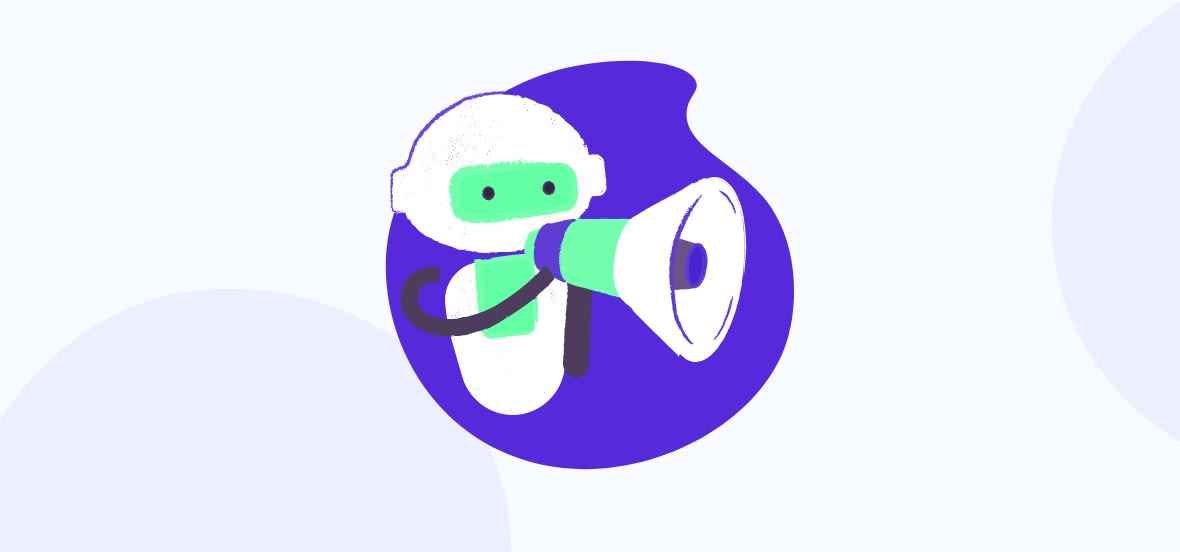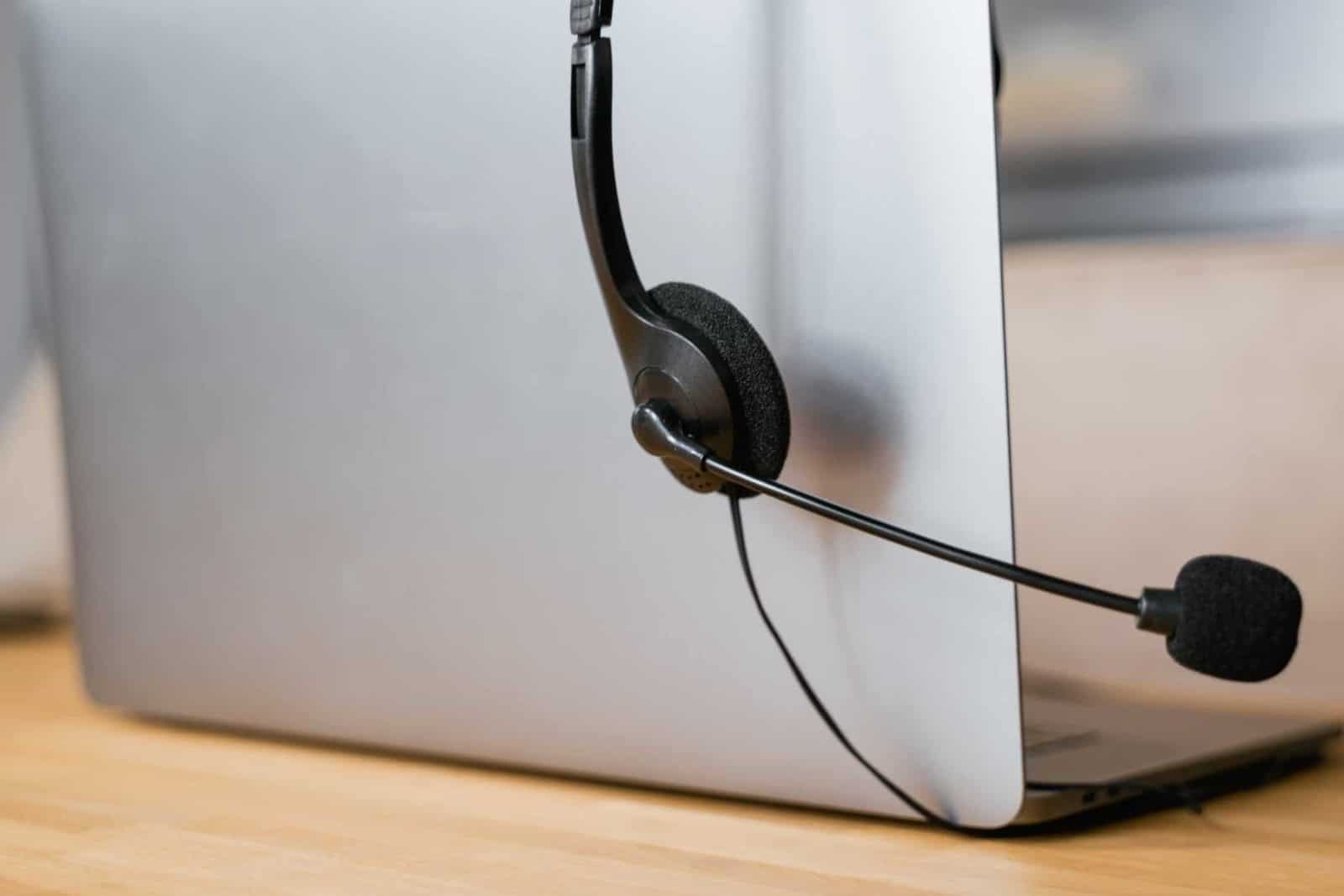All Categories
Featured
Table of Contents
- – Which Is Best What Is A Phone Answering Service...
- – What Is The Best 24/7 Phone Answering - Au-bas...
- – What Is The Best Automated Answering Service, ...
- – How Much Does Phone Answering Services - Usa,...
- – What Is The Best Your Virtual Receptionist: P...
- – Best What Is An Answering Service Sales Near Me
Which Is Best What Is A Phone Answering Service, And How Does It Work? Brand
This gadget and its followers were created by Sava Jacobson, an electrical engineer with a personal consulting organization. While early voice mail utilized magnetic tape innovation, the majority of modern equipment uses strong state memory storage; some gadgets use a combination of both, with a solid-state circuit for the outbound message and a cassette for the incoming messages.
"toll saving" listed below) (phone answering). This works if the owner is evaluating calls and does not wish to talk with all callers. In any case after going, the calling celebration ought to be notified about the call having been responded to (for the most part this begins the charging), either by some remark of the operator, or by some greeting message of the little bit, or dealt with to non-human callers (e.
This holds specifically for the TADs with digitally stored greeting messages or for earlier devices (prior to the rise of microcassettes) with an unique unlimited loop tape, separate from a second cassette, committed to recording. There have actually been answer-only devices with no recording abilities, where the greeting message needed to inform callers of a state of current unattainability, or e (answering service).
What Is The Best 24/7 Phone Answering - Au-based Operators - Alltel Australia Out There

about accessibility hours. In tape-recording Littles the welcoming normally consists of an invitation to leave a message "after the beep". A voice mail that uses a microcassette to record messages On a dual-cassette answerphone, there is an outbound cassette, which after the specified number of rings plays a pre-recorded message to the caller.

Single-cassette answering devices include the outbound message at the start of the tape and incoming messages on the staying area. They initially play the statement, then fast-forward to the next offered area for recording, then tape the caller's message. If there are lots of previous messages, fast-forwarding through them can cause a considerable delay.
This beep is often referred to in the welcoming message, asking for that the caller leave a message "after the beep". TADs with digital storage for the recorded messages do disappoint this delay, obviously. A little bit may use a remote control center, where the answerphone owner can call the home number and, by going into a code on the remote telephone's keypad, can listen to taped messages, or delete them, even when away from home.
What Is The Best Automated Answering Service, Better Known As Interactive ... To Have

Thereby the device increases the number of rings after which it addresses the call (typically by 2, leading to 4 rings), if no unread messages are currently kept, however answers after the set variety of rings (typically 2) if there are unread messages. This allows the owner to discover whether there are messages waiting; if there are none, the owner can hang up the phone on the, e.
Some devices also allow themselves to be remotely triggered, if they have been turned off, by calling and letting the phone ring a particular a great deal of times (generally 10-15). Some service providers desert calls currently after a smaller variety of rings, making remote activation impossible. In the early days of Littles a special transmitter for DTMF tones (dual-tone multi-frequency signalling) was regionally needed for push-button control, given that the previously utilized pulse dialling is not apt to communicate proper signalling along an active connection, and the dual-tone multi-frequency signalling was carried out step-by-step.
Any incoming call is not recognizable with regard to these homes in advance of going "off hook" by the terminal equipment. So after going off hook the calls must be switched to appropriate devices and just the voice-type is instantly available to a human, however maybe, nonetheless ought to be routed to a TAD (e.
How Much Does Phone Answering Services - Usa, Europe Service Cost?
What if I informed you that you do not have to in fact get your device when responding to a client call? Another person will. So hassle-free, best? Addressing call doesn't need somebody to be on the other end of the line. Effective automated phone systems can do the technique simply as efficiently as a live representative and often even much better.
An automatic answering service or interactive voice reaction system is a phone system that communicates with callers without a live individual on the line - reception services. When business utilize this technology, customers can get the response to a concern about your company just by utilizing interactions established on a pre-programmed call flow.
Although live operators update the client service experience, many calls do not require human interaction. A simple documented message or directions on how a consumer can retrieve a piece of details normally fixes a caller's instant need - business answering service. Automated answering services are a basic and efficient method to direct inbound calls to the best individual.
What Is The Best Your Virtual Receptionist: Phone Answering Services Deal
Notification that when you call a company, either for assistance or product inquiry, the first thing you will hear is a pre-recorded voice welcoming and a series of options like press 1 for consumer service, press 2 for queries, and so on. The pre-recorded choices branch out to other choices depending upon the client's choice.
The phone tree system helps direct callers to the best individual or department using the keypad on a cellphone. In some circumstances, callers can utilize their voices. It deserves keeping in mind that auto-attendant choices aren't restricted to the ten numbers on a phone's keypad. When the caller has actually picked their very first alternative, you can develop a multi-level auto-attendant that uses sub-menus to direct the caller to the ideal kind of support.
The caller does not need to interact with a person if the auto-attendant phone system can manage their concern. The automatic service can path callers to a worker if they reach a "dead end" and require assistance from a live agent. It is pricey to hire an operator or executive assistant.
Best What Is An Answering Service Sales Near Me
Automated answering services, on the other hand, are significantly more economical and supply considerable expense savings at approximately $200-$420/month. Even if you don't have committed personnel to handle call routing and management, an automatic answering service enhances efficiency by allowing your group to focus on their strengths so they can more effectively invest their time on the phone.
A sales lead routed to client service is a lost shot. If a client who has item questions reaches the incorrect department or gets incomplete answers from well-meaning staff members who are less trained to manage a specific type of concern, it can be a reason for frustration and discontentment. An automated answering system can minimize the variety of misrouted calls, therefore helping your employees make much better usage of their phone time while freeing up time in their calendar for other tasks.
With Automated Answering Systems, you can produce a tailored experience for both your staff and your callers. Make a recording of your main welcoming, and just upgrade it regularly to reflect what is going on in your company. You can develop as many departments or menu options as you want.
Table of Contents
- – Which Is Best What Is A Phone Answering Service...
- – What Is The Best 24/7 Phone Answering - Au-bas...
- – What Is The Best Automated Answering Service, ...
- – How Much Does Phone Answering Services - Usa,...
- – What Is The Best Your Virtual Receptionist: P...
- – Best What Is An Answering Service Sales Near Me
Latest Posts
Secure Live Receptionist Service Near Me
24/7 Answering Service Near Me – Tuggeranong
Dependable Bilingual Answering Service
More
Latest Posts
Secure Live Receptionist Service Near Me
24/7 Answering Service Near Me – Tuggeranong
Dependable Bilingual Answering Service